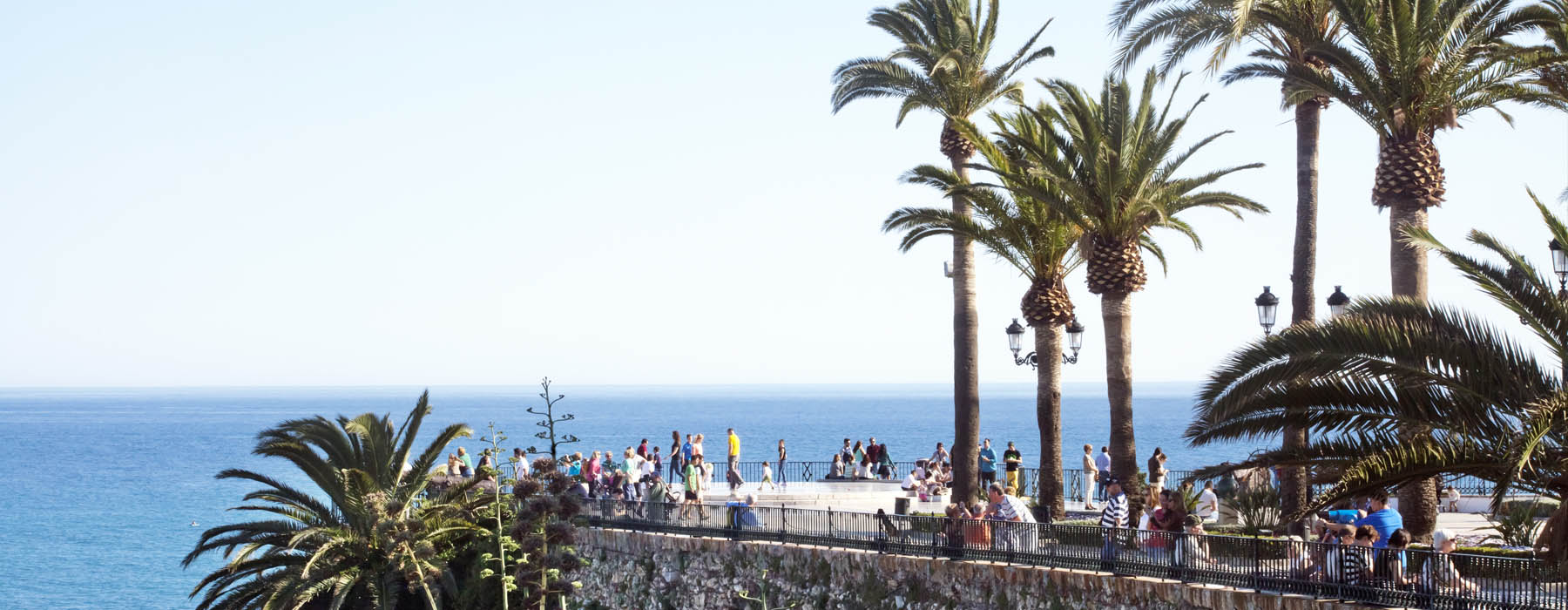Spain offers travellers a great deal. Its coastline has long been a magnet for visitors but in recent years more and more people are exploring inland Spain, away from the sea and sand. Offering everything from lush, green forests and mountain ranges, through to endless arid plains and long, sandy beaches, let’s take a virtual journey through the geography of Spain, exploring its diverse regions, natural wonders and fascinating features.
The Iberian Peninsula: Gateway to Europe and Africa
Spain hangs on the south-western end of Europe between France and Portugal. It is the continent’s third largest country and shares the Iberian Peninsula with Portugal, Andorra and Gibraltar. Spain’s coastline stretches over 3,084 miles, making it the second longest in Europe after Norway. The Mediterranean Sea bathes Spain’s eastern and southern coasts, while the Atlantic Ocean embraces its western coastline. Its national territory extends to the Balearic Islands in the Mediterranean, the Canary Islands in the Atlantic and three enclaves – Ceuta and Melilla on the north coast of Morocco, and Llivia on the French side of the Pyrenees. Spain’s strategic location has played a significant role in shaping its history and culture. While France is its northern neighbour, across the Straits of Gibraltar in the south, the coast of Morocco – only eight miles away – is easily visible, making Spain a bridge between two continents.
The Meseta Central: The Heartland of Spain
The Meseta Central, also known as the Central Plateau, is the geographical heartland of Spain. The vast, elevated plateau covers a significant portion of the country’s interior, encompassing the regions of Castilla y Leon, Castilla-La Mancha, and Madrid. The area is characterised by its flat, arid plains, punctuated by occasional mountain ranges such as the Sierra de Guadarrama and the Sierra de Gredos. The Meseta Central is home to several important cities and towns, including the capital Madrid, Toledo (an UNESCO World Heritage Site), Segovia (known for its Roman aqueduct) and historically significant Valladolid. Travellers can revel in the region’s natural parks and protected areas, which offer stunning highland scenery, hiking trails and diverse flora and fauna. The Meseta Central experiences extreme temperatures, with scorching summers and bitterly cold winters.
The Pyrenees: Majestic Peaks and Natural Beauty
In the northeastern part of Spain, the Pyrenees mountain range forms a natural border with France. These majestic peaks, reaching heights of over 11,500 feet, offer breath-taking landscapes and outdoors adventures aplenty. The Pyrenees are a haven for hikers, mountaineers and nature enthusiasts, with their pristine lakes, lush valleys and picturesque villages. This region is also home to several national parks, including Ordesa y Monte Perdido National Park, which is an UNESCO World Heritage Site.
The Coastal Regions: Sun, Sand, and Sea
Spain’s coastal regions are renowned for their stunning beaches, gin-clear waters and vibrant seaside towns. The Costa del Sol, in the southern region of Andalucia, is a popular tourist destination, known for its year-round sunshine and glamorous resorts like Marbella. The Costa Brava, in north-eastern Catalonia, offers a more rugged coastline, with hidden coves, rocky cliffs and charming fishing villages. The Balearic Islands, including Mallorca, Ibiza, and Menorca, are Mediterranean gems, attracting visitors with their idyllic beaches and vibrant nightlife.
The Canary Islands: A Tropical Paradise
Located off the northwest coast of Africa, the Canary Islands are an archipelago of volcanic islands that offer a blend of European and African influences. These islands, including Tenerife, Gran Canaria and Lanzarote, boast a subtropical climate, making them a year-round destination for sun-seekers. The Canaries are not only known for their dramatic beaches but also for their diverse landscapes, including volcanic craters, lush forests and towering cliffs. Teide National Park, home to Mount Teide, Spain’s highest peak, is an UNESCO World Heritage Site and a must-visit for nature lovers.
The Sierra Nevada: Snowy Peaks and Desert Landscapes
In the southern region of Andalucia, the Sierra Nevada mountain range stands tall, offering a stark contrast to the nearby Mediterranean coastline. With its snow-capped peaks, including Mulhacen, the highest point in mainland Spain, the Sierra Nevada is a paradise for winter sports enthusiasts. An ideal destination for epic road trips, the region offers stunning scenic drives, with winding mountain roads that provide awesome views of the surrounding landscapes. The Alpujarras region offers particularly picturesque routes through charming villages and terraced hillsides. The Sierra Nevada is also home to unique desert landscapes, such as the Tabernas Desert, Europe’s only desert, which has served as a backdrop for numerous Hollywood films.
If the geography of Spain makes you want to back your bags, immerse yourself in its vibrant culture, and explore its natural wonders, our specialists are on hand to make your dream trip a reality.



